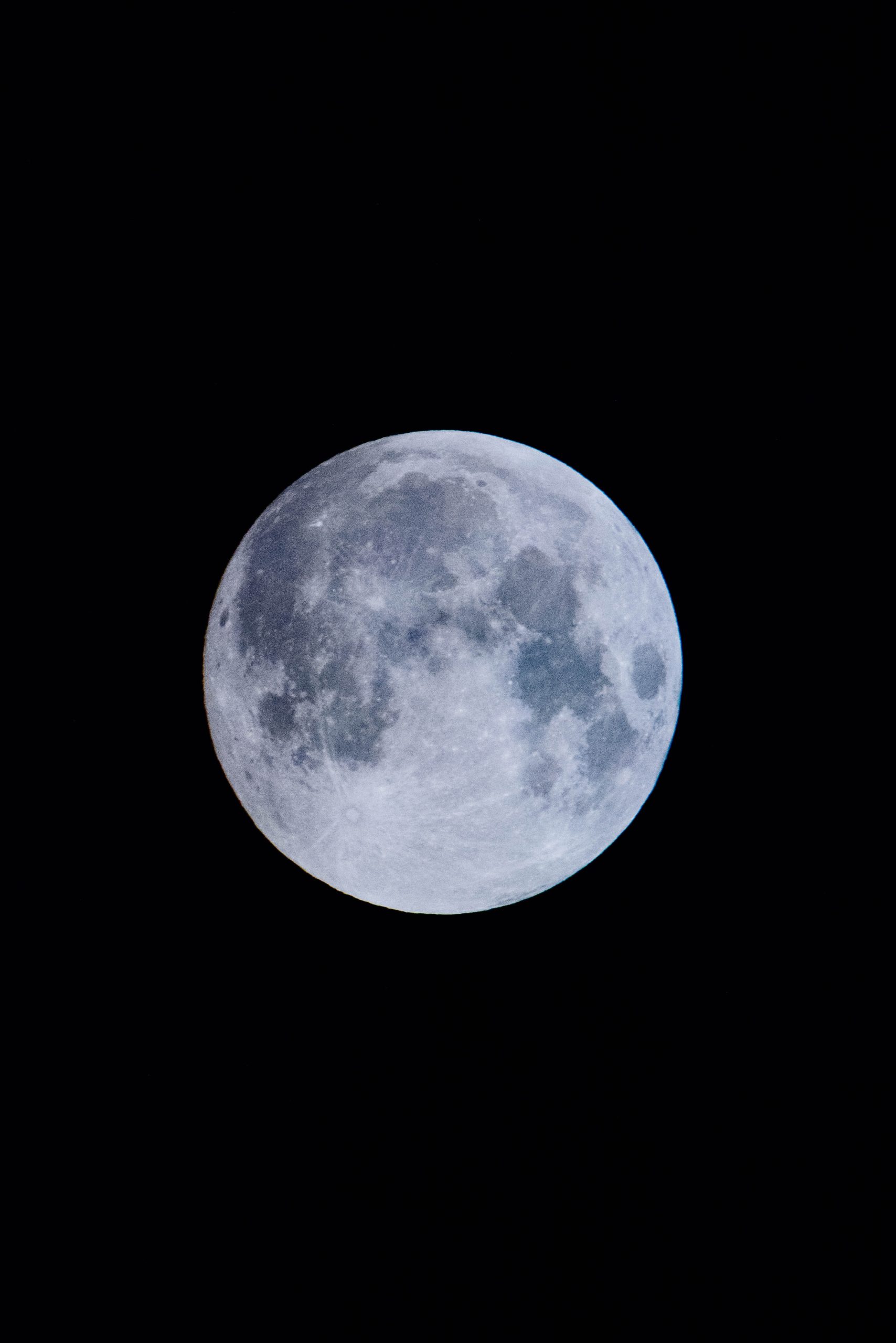Maya Religion y Dioses: Exploring the Ancient Beliefs of the Mayan Civilization
The Maya civilization, known for its remarkable advancements in mathematics, astronomy, and architecture, also had a rich and complex religious belief system. The Maya religion was deeply intertwined with their daily lives, influencing everything from their rituals and ceremonies to their art and architecture. In this article, we will delve into the fascinating world of Maya religion and explore the multitude of gods and deities worshipped by this ancient civilization.
The Belief System of the Maya
The Maya religion was polytheistic, meaning they worshipped multiple gods. These gods represented various elements of the natural world, celestial bodies, and even human attributes and emotions. The Mayans believed that these gods had control over different aspects of their lives, including agriculture, fertility, and warfare. Understanding and appeasing these gods were crucial for the well-being and success of the Maya civilization.
At the core of the Maya religious belief system was the concept of a tripartite cosmos, consisting of three realms:
- The heavens, represented by the celestial bodies such as the sun, moon, and stars.
- The earth, the physical world inhabited by humans, plants, and animals.
- The underworld, a dark and mysterious realm associated with death and the afterlife.
The Gods of the Maya
The Maya pantheon consisted of numerous gods and goddesses, each with distinct characteristics, roles, and associations. While it is virtually impossible to cover all of them in one article, let’s explore some of the most prominent deities worshipped by the ancient Maya.
1. Itzamná
Itzamná, often referred to as the “Founder Deity” or the “Principal Bird Deity,” was one of the most important gods in the Maya religion. He was associated with creation, writing, and the sacred calendar. Itzamná was often depicted as an old man adorned with bird-like features, symbolizing his connection to the heavens.
References: Ancient History Encyclopedia – Itzamna
2. Ix Chel
Ix Chel, the “Rainbow Lady” or the “Moon Goddess,” was revered as the goddess of fertility, childbirth, weaving, and medicine. She was often depicted as an old woman or as a young woman holding a rabbit, symbolizing the moon. Ix Chel was considered to be a powerful and benevolent deity, regularly invoked by women seeking fertility or safe childbirth.
References: Ancient History Encyclopedia – Ix Chel
3. Kukulkan
Kukulkan, also known as “Quetzalcoatl” in other Mesoamerican cultures, was a feathered serpent god associated with wind, rain, and fertility. Kukulkan was highly revered, and his worship had a significant influence on the architectural design of Maya temples, most notably the famous El Castillo pyramid at Chichen Itza.
References: Ancient History Encyclopedia – Kukulkan
4. Chaac
Chaac, the “Rain God,” played a vital role in Maya agriculture. As the god of rain and thunderstorms, Chaac was responsible for ensuring bountiful harvests and prosperous agricultural practices. Maya farmers would perform rituals and ceremonies to appease Chaac and seek his favor for good weather and fertility.
References: Ancient History Encyclopedia – Chaac
5. Ah Puch
Ah Puch, the “Death God” or “God of the Underworld,” ruled over the dark realm of Xibalba. He was often depicted as a skeletal figure with a skeletal owl as his companion. Ah Puch was associated with death, decay, and the afterlife, and played a significant role in Maya religious beliefs surrounding mortality.
References: Ancient History Encyclopedia – Ah Puch
Rituals and Ceremonies
The Maya religious practices were deeply tied to rituals and ceremonies performed throughout the year. These rituals aimed to establish a harmonious relationship with the gods and seek their favor for various aspects of life. Some of the prominent ceremonies included:
1. Bloodletting Rituals
Bloodletting rituals were perhaps one of the most striking and intense practices performed by the Maya. These rituals involved self-inflicted wounds, usually on the tongue or other body parts, to offer the gods the precious life force they believed nourished the cosmos. Bloodletting was a way to communicate with and honor the gods.
2. Vision Quests
Maya priests and shamans often embarked on vision quests to communicate with the gods and gain spiritual guidance. These quests involved fasting, meditation, and the use of hallucinogenic substances to induce visions. Vision quests were highly secretive and sacred, allowing the priests to act as intermediaries between the human and divine realms.
3. Ball Game Rituals
The Maya religious ceremonies also included ball games associated with various rituals and cosmological beliefs. These ball games held immense cultural and religious significance and often included symbolic reenactments of mythological events. The games were not merely sporting events but were deeply rooted in the mythology and religious beliefs of the Maya.
Legacy of the Maya Religion
The Maya religion was a central and defining aspect of the civilization, shaping their worldview, architecture, and culture. Despite the decline of the Maya civilization, elements of their religious beliefs and practices continue to resonate today. Many communities in modern-day Mexico and Central America still incorporate Maya traditions and rituals into their ongoing religious practices.
The complex pantheon of gods and goddesses worshipped by the Maya stands as a testament to the ancient civilization’s profound relationship with the natural world and the divine. Exploring and understanding their religious beliefs provides invaluable insights into the spiritual and cultural heritage of this remarkable civilization.
Sources:
| Source | Link |
|---|---|
| Ancient History Encyclopedia – Itzamna | https://www.ancient.eu/Itzamna/ |
| Ancient History Encyclopedia – Ix Chel | https://www.ancient.eu/Ix_Chel/ |
| Ancient History Encyclopedia – Kukulkan | https://www.ancient.eu/Kukulkan/ |
| Ancient History Encyclopedia – Chaac | https://www.ancient.eu/Chaac/ |
| Ancient History Encyclopedia – Ah Puch | https://www.ancient.eu/Ah_Puch/ |
Table of Contents
